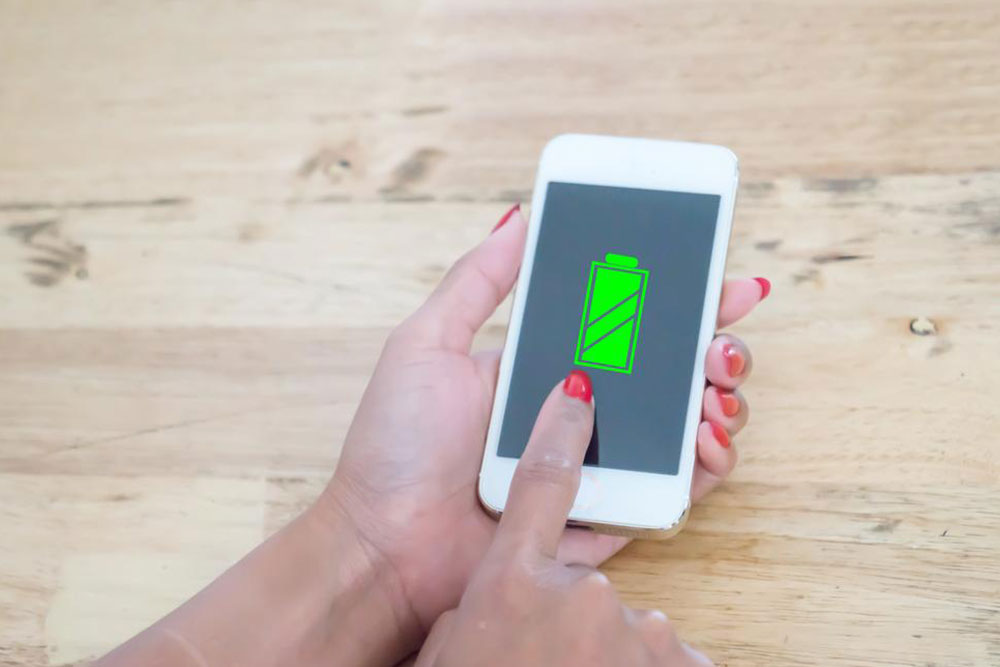Comprehensive Guide to Smartphone Battery Maintenance and Longevity
Discover expert tips for maintaining your smartphone battery's health and longevity. Learn about proper charging practices, signs of battery wear, safe disposal, and technological advancements that help extend your device’s battery life. Ensuring good battery care not only improves device performance but also keeps you safe from potential hazards like overheating or explosions. This comprehensive guide empowers you to maximize your smartphone’s lifespan through effective maintenance strategies tailored for everyday users.

Comprehensive Guide to Smartphone Battery Maintenance and Longevity
In today's digital age, smartphones have become an indispensable part of our daily lives, serving as communication tools, workstations, entertainment hubs, and more. With such extensive reliance on these devices, ensuring that your smartphone's battery remains healthy and efficient is of utmost importance. Proper battery care not only prolongs the lifespan of your device but also prevents potential safety hazards like overheating or battery explosions. This comprehensive guide aims to provide you with detailed insights and practical tips on how to maintain and enhance your smartphone battery’s performance over time.
The Science Behind Smartphone Batteries
Most modern smartphones are powered by lithium-ion (Li-ion) batteries due to their high energy density and long cycle life. These batteries store energy chemically and release it through electrochemical reactions. While they are designed to last for hundreds of charge cycles, improper handling can significantly reduce their longevity. Understanding the basic functioning of Li-ion batteries helps users appreciate the importance of proper maintenance.
Practical Tips for Smartphone Battery Care
To ensure your smartphone’s battery remains in optimal condition, consider the following best practices:
Avoid Complete Discharges: Unlike older nickel-based batteries, lithium-ion batteries do not benefit from being completely drained before recharge. Instead, keep your battery level above 20% when possible to prevent stress on the battery.
Optimal Charging Levels: Aim to recharge your device when it reaches around 30-40% and unplug it once it hits approximately 80-90%. Maintaining partial charges helps reduce battery wear.
Use the Right Charger: Always use the charger and cable provided by your device manufacturer or certified alternatives. Incompatible chargers can deliver incorrect voltage or current, damaging the battery.
Avoid Overcharging: While most devices have built-in safeguards against overcharging, keeping your phone plugged in at 100% for extended periods can accelerate battery aging. Disconnect when sufficiently charged.
Prevent Overheating: Heat is a major enemy of battery health. Avoid exposing your device to direct sunlight or high-temperature environments. Also, remove phone cases during charging if your device heats up.
Monitoring and Diagnosing Battery Health
Regularly checking your battery’s condition helps you identify potential issues early on. Most smartphones have built-in diagnostics that can give you an estimate of battery health. Look for signs such as rapid battery drain, frequent recharging, swelling, or unusual heat generation, which indicate declining battery performance or safety risks. If your device shows persistent problems, consult a certified service center for evaluation and possible battery replacement.
Signs of a Failing Battery
Being aware of common symptoms can help you decide when to replace your battery. Typical signs include:
Sudden and unpredictable shutdowns even when the battery shows a reasonable charge level.
Rapid depletion of battery life during normal use.
Physical swelling or bulging of the battery.
Excessive heat during charging or use.
Immediate action should be taken if any of these symptoms occur to avoid further damage or safety hazards.Safe Battery Disposal and Replacement
Proper disposal of old or damaged batteries is essential to protect the environment. Never throw batteries in regular trash; instead, take them to designated recycling centers. When replacing your battery, seek professional service or follow manufacturer guidelines to ensure safe removal and installation. Investing in quality batteries from reputable sources guarantees better performance and safety.
Advanced Technologies for Battery Management
Many modern smartphones incorporate intelligent battery management systems that optimize charging, discharging, and heat regulation. Some devices feature adaptive charging algorithms that slow down charging once the battery reaches around 80%, thus reducing wear and tear. Using battery optimization apps and settings can further extend battery life by limiting background activities and adjusting brightness levels.
Conclusion: Maintaining Your Smartphone Battery for Long-Term Use
Ultimately, caring for your smartphone battery involves a combination of proper charging habits, environmental awareness, and regular diagnostics. By following these best practices, you can maximize your device’s performance, ensure safety, and significantly extend the usable life of your smartphone’s battery. Remember, investing in a healthy battery benefits not just your device’s longevity but also your overall user experience. Stay mindful of the signs of battery deterioration and seek professional assistance when needed, to keep your smartphone running smoothly for years to come.





